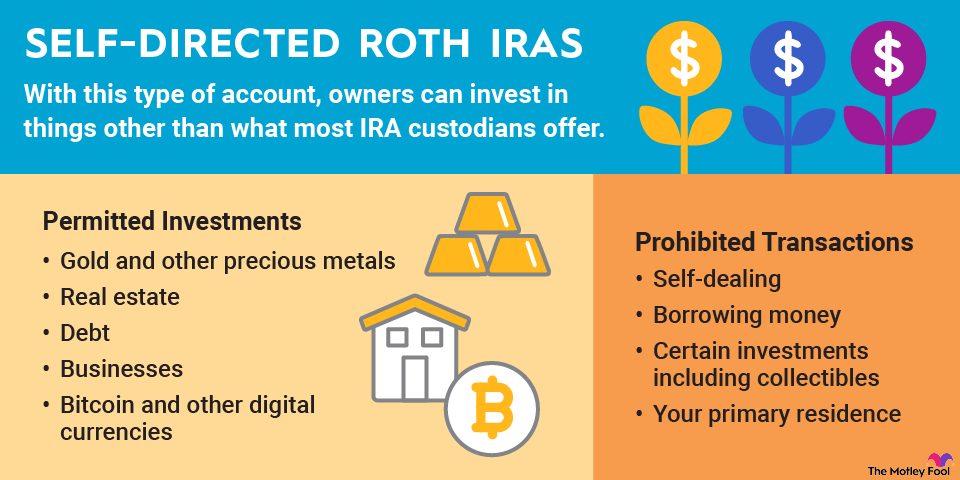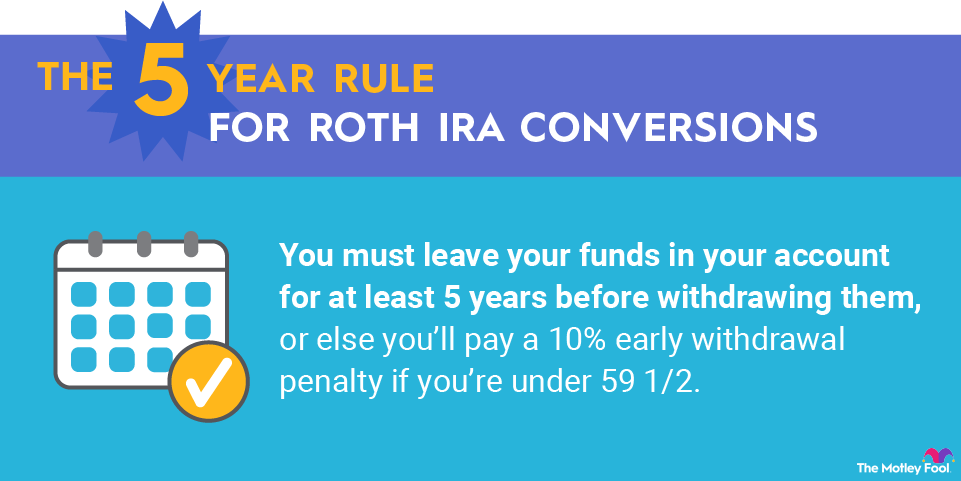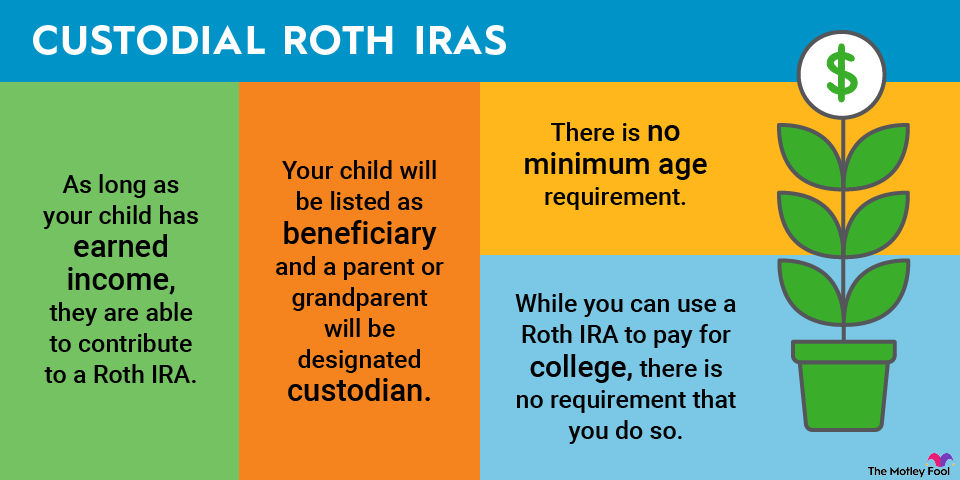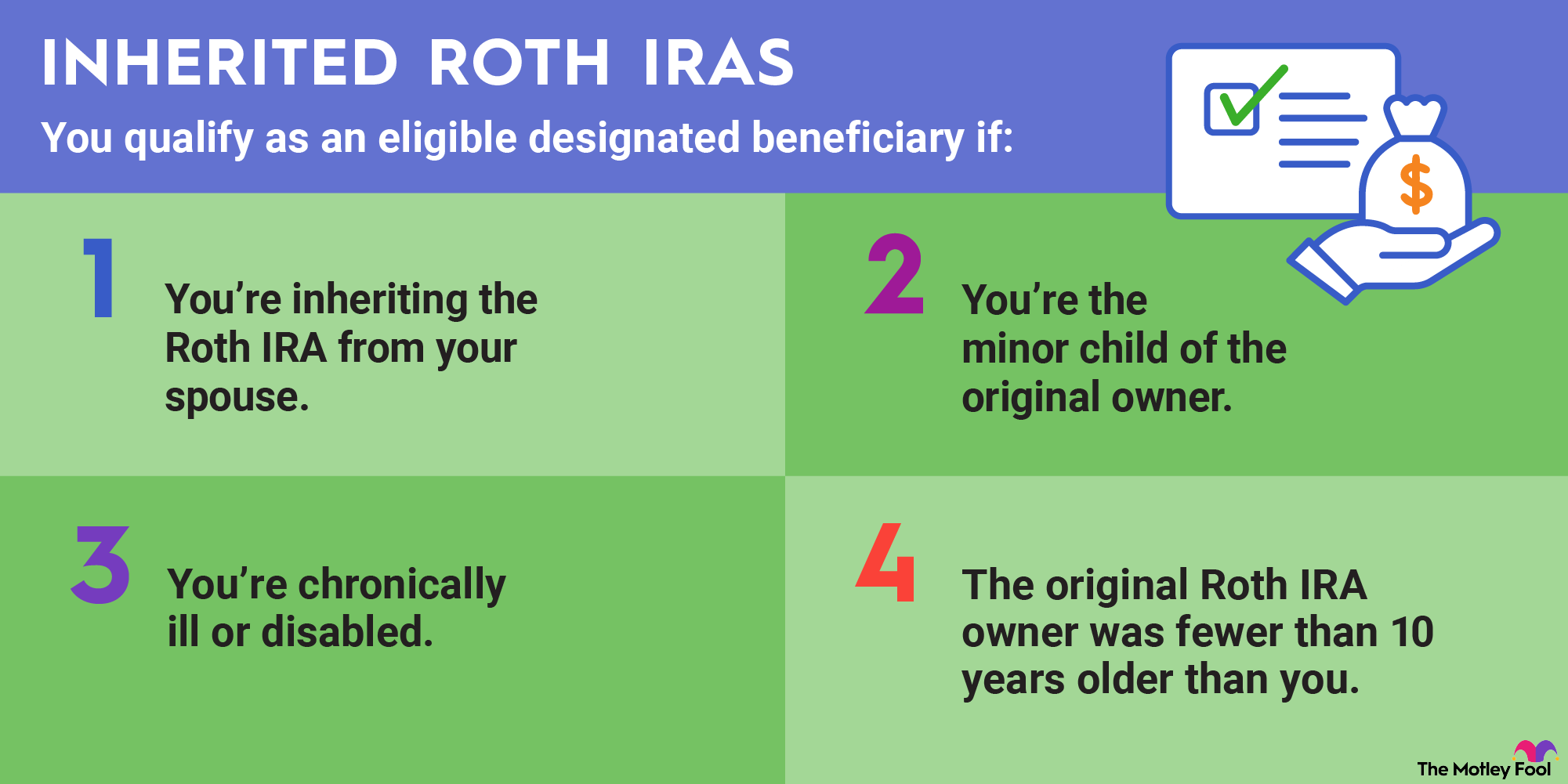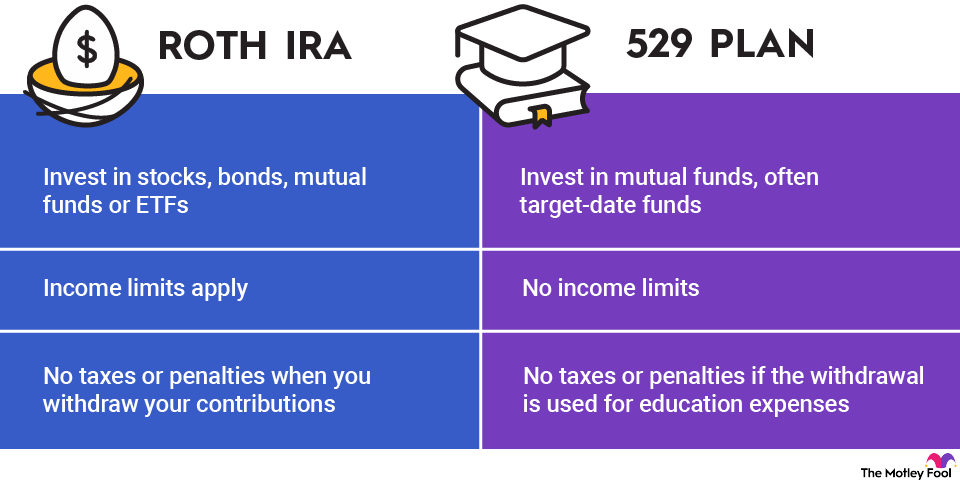Roth IRA vs. 529 plan: Contributors
You are the only person who can fund your own Roth IRA (with the exception of spousal IRAs). However, anyone can contribute to a 529 plan: grandparents, aunts and uncles, family friends, etc.
Many plans have gifting platforms that make it easy to ask for contributions. For example, you could give friends and family the option of giving to your child's 529 plan as a birthday gift.
Roth IRA vs. 529 plan: Income and contribution limits
You can contribute as much as you like to a 529 plan, regardless of your income. These plans do have aggregate limits, but they're high, ranging from $235,000 to $575,000, depending on the state.
For the 2024 and 2025 tax years, Roth IRA contributions are limited to $7,000 per year, or $8,000 for savers older than 50, plus income limits apply. (There is a complicated "backdoor" method of contributing for higher-income people, though.)
Roth IRA vs. 529 plan: Effects on financial aid
Your 529 savings will count as parent-owned assets if your child fills out the FAFSA to get financial aid. That means they could lower the amount of aid your child receives, although the impact is minimal. At most, parent-owned assets reduce the award by 5.64%.
Roth IRA savings don't count as assets on the FAFSA, so they won't affect your child's financial aid. However, Roth IRA withdrawals do count as income, even if you limit them to your contributions.
Income is weighted much more heavily than assets for financial aid. Roth IRA distributions could reduce your child's award up to 40-50% depending on income and number of dependents.
However, the FAFSA looks back on tax returns from two years prior to calculate financial aid. For instance, aid for the 2025-2026 school year is based on 2023 tax returns. If you can wait until the last two years of your child's college career to take a Roth distribution, it won't affect any potential financial aid arrangements.
Roth IRA vs. 529 plan: When kids don't attend college
At first glance, Roth IRAs seem to win on flexibility. After all, if your child doesn't go to college or needs less money than you expected, you can always use the funds for your own retirement.
But 529 plans offer some flexibility, too. You can change the account beneficiary to another family member if your child doesn't need the money. The 10% penalty also may not apply if your child earns a scholarship, attends a military academy, becomes disabled, or dies.
Roth IRA vs. 529 plan: Why not both?
If you're still not sure whether a Roth IRA or a 529 plan is a better choice for you, you can always use a combination of the two.
One strategy financial planners often recommend: Max out Roth IRA contributions first, and then invest additional funds in 529 plans for your kids. If you have the resources, there's no reason not to contribute to both a Roth IRA and a 529 plan. Your kids will thank you when they graduate without the crushing weight of excess student loans.
Related retirement topics



